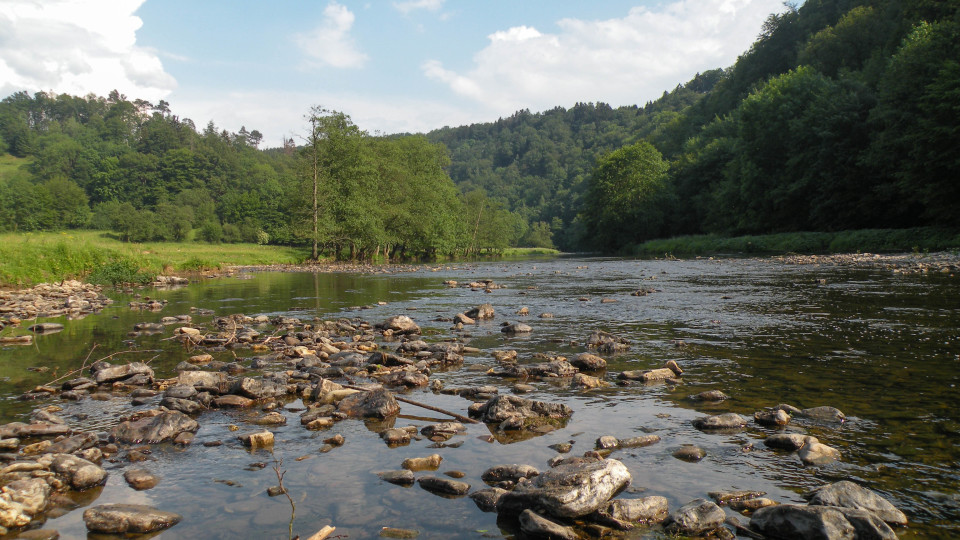How can we develop sustainably and safeguard communities at risk from water-related disasters? Wetlands such as rivers, streams, swamps, lakes, and estuaries play a critical role in supplying and regulating the quantity and quality of water. Water risks to society, including scarcity, droughts and floods, are increasing around the world. Conserving and restoring wetlands is a cost-effective investment strategy to increase water security.
Many different wetlands help retain freshwater in the landscape. From mountains to the sea, extensive upland peatlands, streams, marshes and lakes, mid-reach floodplains and lakes, and lowland floodplains are all key wetland types that ensure water security and reduce the risk of disasters.
Growing demand and competition for freshwater for human consumption, food and energy production is one of the biggest global challenges. Wetlands are rapidly being degraded due to the drainage of mountain peatlands, conversion of lakes and channelization of rivers. The loss of upstream wetlands threatens the health and safety of millions of people downstream by reducing the capacity of the landscape to store water. This prevents the replenishment of groundwater and increases the risk of water scarcity and flash floods.
We work in the headwaters of some of the largest river basins in Europe – all the way downstream to deltas in order to conserve and restore wetlands and reduce water risks. Our member organisations and networks have different geographical focuses, working in the whole of Europe, from North to South, East to West, in EU countries and in neighbouring and candidate countries.

